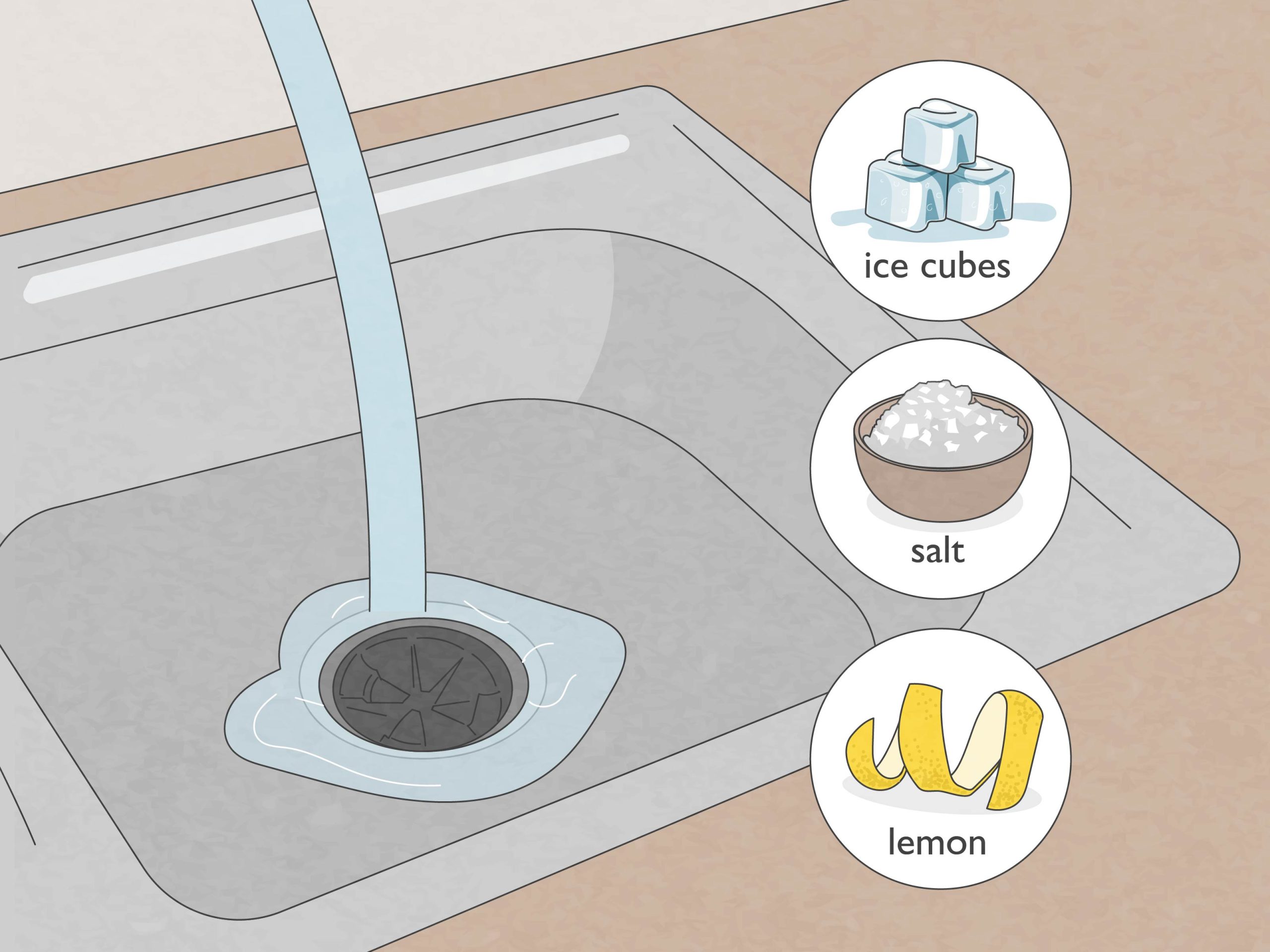A clogged kitchen sink is a common household problem that can disrupt your daily routine. The buildup of food scraps, grease, and other debris can quickly lead to slow drainage or a complete blockage. Fortunately, many effective methods exist to tackle this issue without resorting to expensive plumbing services. This guide provides a step-by-step approach to diagnosing and resolving a clogged kitchen sink, empowering you to restore proper drainage and prevent future occurrences.
Identifying the Problem
Before you start plunging, it’s important to understand the nature of the clog. Consider these questions:
- Is the water draining slowly, or not at all?
- Is there a foul odor coming from the drain?
- Did the clog occur suddenly, or has it been building up over time?
Answering these questions can help you determine the severity of the clog and choose the appropriate solution.
Simple Solutions to Try First
Boiling Water
This is often the simplest and most effective first step. The hot water can melt grease and dissolve some food particles.
- Boil a kettle or pot of water.
- Carefully pour the boiling water down the drain.
- Wait a few minutes and check if the water drains.
- Repeat if necessary.
Baking Soda and Vinegar
This classic combination creates a fizzing reaction that can help break down clogs.
- Pour one cup of baking soda down the drain.
- Follow with one cup of white vinegar.
- Let it fizz for 30 minutes.
- Flush with boiling water.
Factoid: Baking soda is a mild abrasive and helps to neutralize odors, making it a great natural cleaning agent. Vinegar, being an acid, reacts with the baking soda to create carbon dioxide, which helps to dislodge the clog.
More Advanced Techniques
Using a Plunger
A plunger creates suction that can dislodge clogs. Make sure you have a good seal around the drain opening.
- Remove any standing water from the sink, but leave enough to cover the cup of the plunger.
- Place the plunger over the drain opening, ensuring a tight seal.
- Plunge vigorously up and down for several minutes.
- Remove the plunger and check if the water drains.
- Repeat if necessary.
Checking the P-Trap
The P-trap is the curved pipe under the sink. It’s designed to trap debris and prevent sewer gases from entering your home. It’s also a common place for clogs to form.
- Place a bucket under the P-trap to catch any water.
- Loosen the slip nuts that connect the P-trap to the drain pipes.
- Carefully remove the P-trap and empty its contents into the bucket.
- Clean the P-trap thoroughly.
- Reassemble the P-trap, ensuring the slip nuts are tightened securely.
- Run water to check for leaks.
Using a Drain Snake (Auger)
A drain snake is a flexible tool that can reach further into the drainpipe to break up or retrieve clogs.
- Insert the drain snake into the drain opening.
- Rotate the snake as you push it further into the drainpipe.
- If you encounter resistance, continue rotating the snake to break up the clog.
- Once you’ve reached the clog, continue rotating the snake to break it up or hook it.
- Carefully remove the drain snake, pulling out any debris.
- Flush the drain with hot water.
Preventing Future Clogs
- Avoid pouring grease down the drain.
- Use a drain strainer to catch food scraps.
- Flush the drain with hot water regularly.
- Periodically clean the P-trap.
FAQ
Q: How often should I clean my kitchen sink drain?
A: Ideally, you should flush your drain with hot water weekly and clean the P-trap every few months.
Q: What should I never pour down the kitchen sink drain?
A: Avoid pouring grease, coffee grounds, eggshells, and starchy foods down the drain.
Q: When should I call a plumber?
A: If you’ve tried all the above methods and the clog persists, or if you suspect a more serious plumbing issue, it’s best to call a professional plumber.

